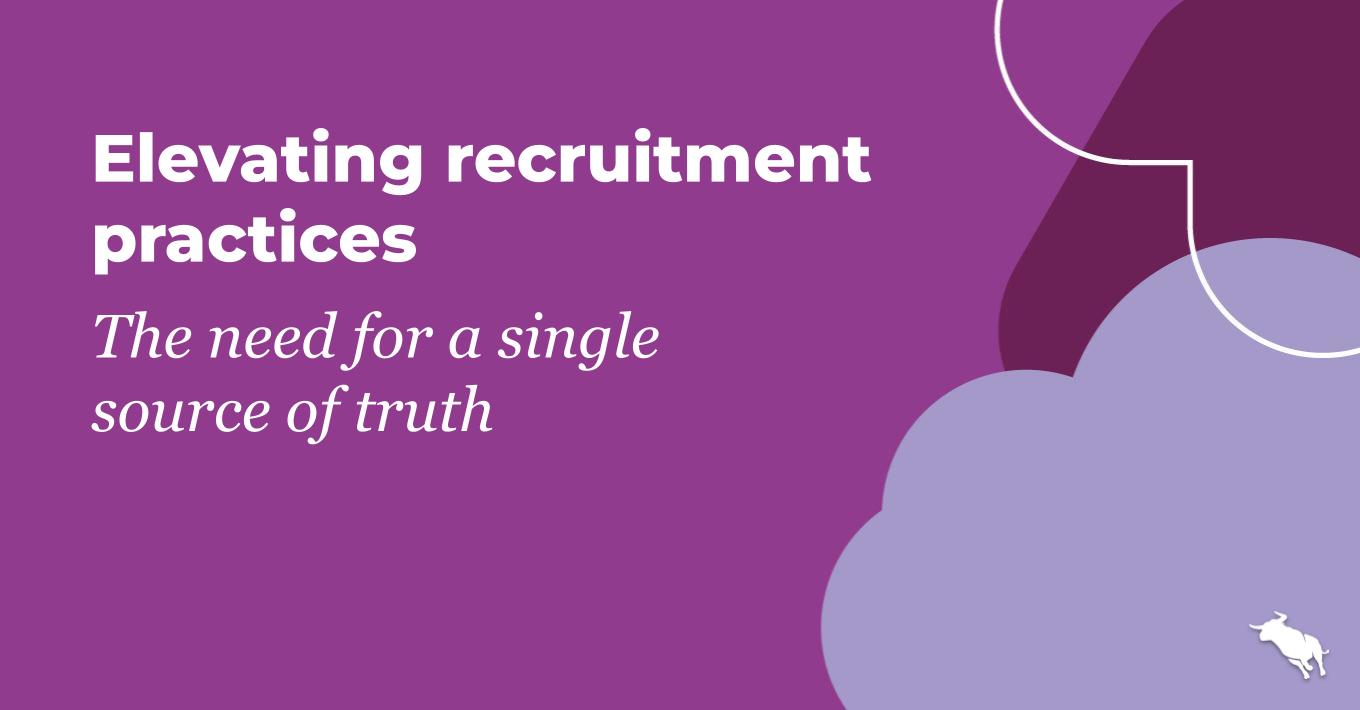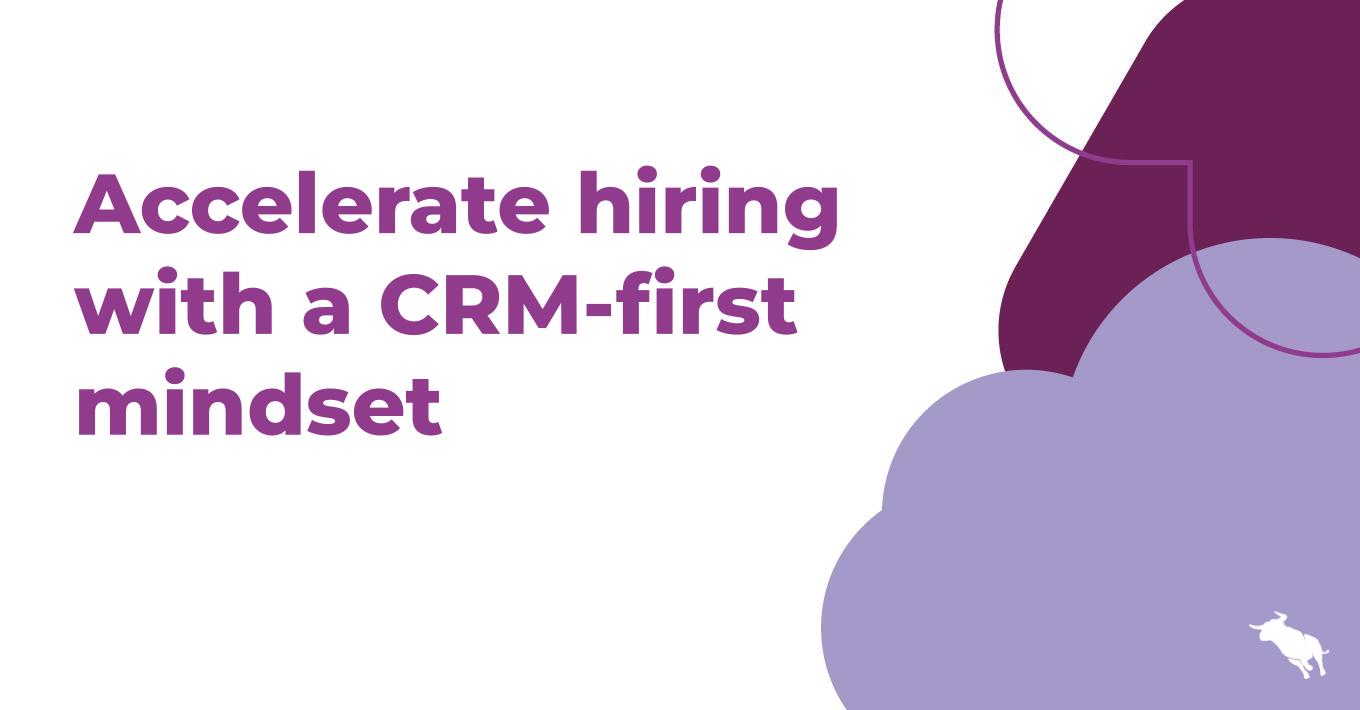How to Clean Your ATS Data

Collecting is a joy. In a way we humans are hard-wired to do it, a remnant of our hunter-gatherer past. Cleaning, on the other hand, is a chore that few look forward to. But doing too much of the former and too little of the latter is a recipe for disaster.
How does this relate to recruiting? Imagine a house that represents your applicant tracking system (ATS). How much is truly useful? How much is simply taking up space in the hallway? Are you a data hoarder?
If we’re honest, ATS customers are experiencing a data hoarding epidemic, filled to the brim with old records and with no good way to clean them out. So what can a firm do to clean their ATS data?
Make data integrity someone’s responsibility
Data integrity can suffer from the bystander effect – the phenomenon in which people are less likely to jump in and take responsibility when there are other people around. With so many people using your ATS, it’s easy for everyone involved to throw up their hands and say ‘it’s not my problem.’
The only way to avoid the bystander effect is to make it someone’s problem – to bestow the responsibility on a data administrator or steward. It will be their job to:
- Clean the ATS of useless or corrupt data
- Develop data entry best practices and train other users up
- Identify ongoing issues in data quality
- Spot check new and old records to ensure entry and maintenance expectations are being met
In an ideal world, this data integrity would be the sole responsibility of this team member, but the reality is that only large firms could afford to employ such a professional. That being the case, it’s important that the data administrator is given a set amount of time every week to perform these duties, and ensure that your ATS continues to perform at its peak.
ID, merge, or purge the dirty data
There’s no quick fix for purging your dirty data. That’s not what you wanted to hear, but you deserve the truth. There are, however, a few strategies that will have the desired effect:
- Identify incomplete records: This is where automation can take a bit piece of the pie off of your plate. First, you could use an automated tool to identify contacts with no email, no phone number or incorrectly formatted email or phone. This gives you a shortlist to look through to determine a) are these people worth keeping or b) are these people junk that we uploaded. This is the first step in cleaning out the dirty corners of your ATS.
- Merge duplicates: A good next step is to identify the likely duplicates in your ATS. People’s jobs, email addresses or last names can change and if you haven’t been proactively engaging for a bit, it can be hard to update a record, leading to potential duplicates. Most modern ATS’ will dedupe on new import or parse, so you should be good to go. But, if you find you’re flush with dupes, a 3rd party tool like DiscoverOrg could help tidy things up (they can also help with step 1 above).
- Start from scratch: Maybe you’ve hit the point where none of your data is usable (hopefully not). In that case you could start from scratch; exporting your darlings and obliterating the rest. At least you’d have a clean platform to build upon the right way and start pulling in clean data to even cleaner results.
Create strict protocols
Once your spring cleaning is done, the next step for our data administrator is to lay out data entry and maintenance best practices, designed to keep the data as relevant and useful as possible. You’ll need to make the minimum data requirements for new ATS entries clear, and you’ll need to lay out a maintenance schedule to protect the integrity of the system.
Team members must be trained on these best practices. They must understand the importance of them; that they aren’t just rules for the sake of rules. The best way to do this is to show them the perfect system in action, demonstrating exactly how big a difference having the right data in the right places can make.
One way to do this is to have an ‘ATS Only Day’ in the days or weeks after your dirty data purge. Have recruiters compete with each other to fill roles with only the candidates on your ATS. They’ll appreciate the difference that clean data makes, and will be far more likely to use your ATS as their primary candidate source going forward.
You’ll also need to have a system to manage exceptions. In the real world, a recruiter may not have every single detail of a candidate – a phone number or email for example – when they go to load them into the system. How you manage these exceptions will have a significant effect on the ongoing integrity of the ATS.
Everyone on the same page
Data integrity is a group effort. You’ll need total buy-in if your ATS is to remain as useful and effective as possible. If one recruiter begins to enter in duplicate or incomplete data, others will soon follow, and then the whole system can come crashing down (again).
It could be that one of your firm’s best performers pushes back against the new ATS systems and procedures. At that point, you’ll have to ask yourself a question: Is the integrity of the data more valuable than the business that this recruiter is pulling in? The answer, if you’re interested in long-term success, should always be yes.
You get out of your ATS what you put in. And if you start putting in perfectly polished records instead of dirty data, you’ll enjoy better recruiting results.




